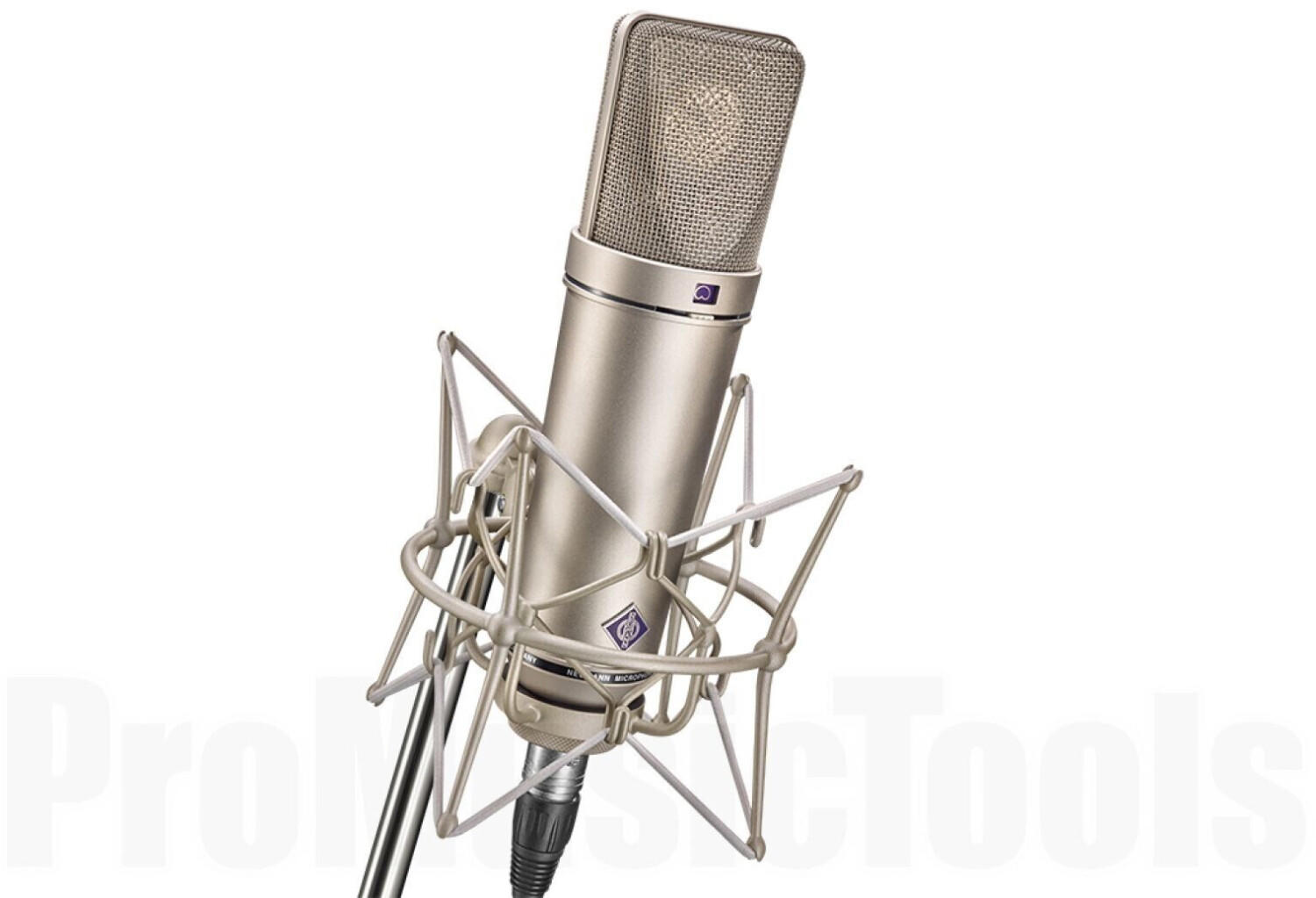Recording Equipment Guide
Sound quality
A high-quality recording will capture and reproduce audio accurately and with minimal distortion or noise. One important factor to consider is the bit depth and sampling rate of the recording device. Higher bit depth, such as 24-bit, allows for greater dynamic range and detail in the recording. Additionally, a higher sampling rate, typically measured in kHz, captures more frequencies and improves the overall sound fidelity.
There are various recording equipment options available on the market that excel in sound quality. In the category of audio interfaces, the Universal Audio Apollo Twin MKII offers pristine sound quality with its high-resolution 24-bit/192kHz conversion capabilities. For microphones, the Neumann U87 Ai stands out for its exceptional sound reproduction and low self-noise. In the digital audio workstation (DAW) sector, Avid Pro Tools HD has long been renowned for its industry-standard sound quality and professional-grade audio processing capabilities.
Recording format
There are several different formats available, each with its own advantages and disadvantages. One popular format is the WAV format, which offers uncompressed audio with high fidelity but larger file sizes. This format is ideal for professional recording studios where audio quality is of utmost priority. Examples of recording devices that support WAV format include the Zoom H6n portable recorder and the Mackie Onyx Producer 2•2 audio interface.
Another commonly used format is MP3, which compresses audio files to reduce file size. MP3 is widely supported and is often used for music distribution and streaming. If you need a recording device that supports MP3 format, consider products such as the Sony ICDUX560BLK Digital Voice Recorder or the Tascam DR-05X Portable Audio Recorder. Additionally, there are recording devices that offer the flexibility to record in multiple formats, such as the Zoom H4n Pro handy recorder, which supports both WAV and MP3 formats. Whether you prioritize audio quality or the convenience of smaller file sizes, selecting the right recording format is crucial when choosing your recording equipment.
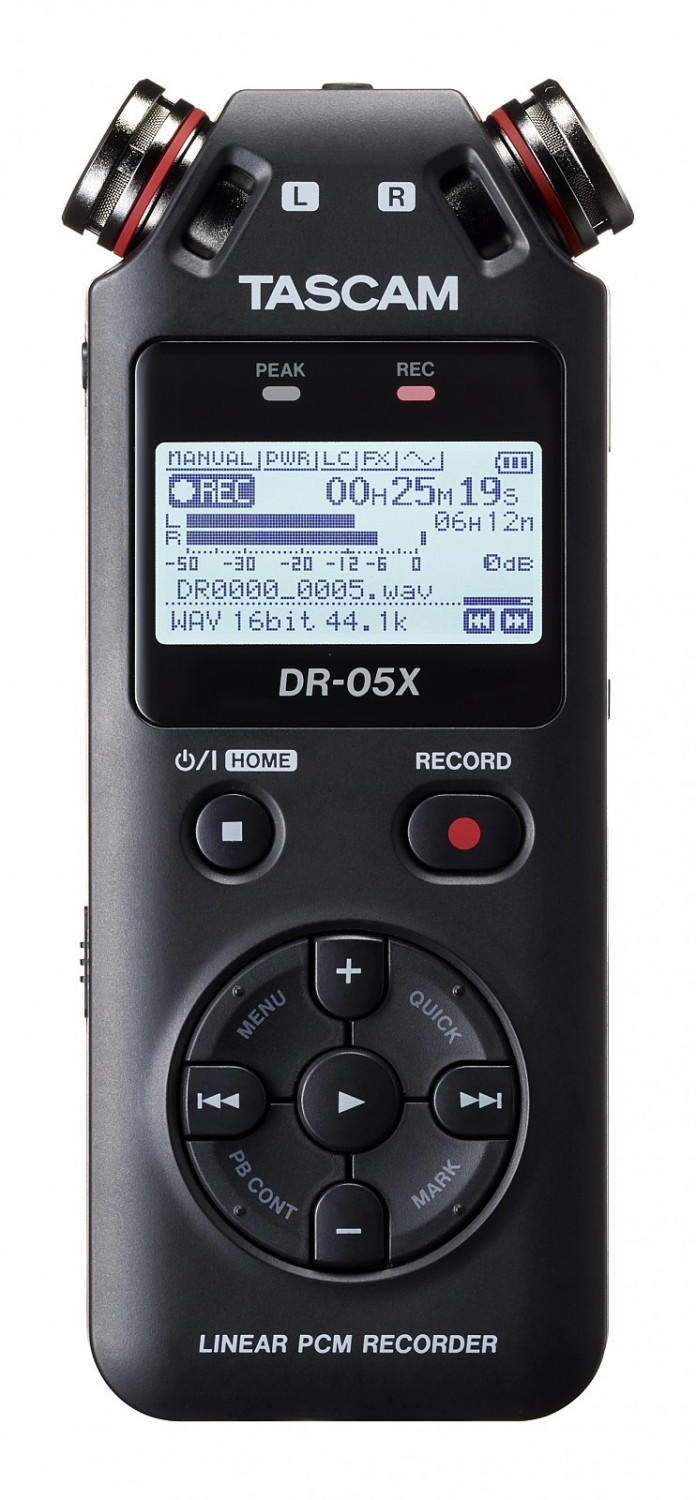
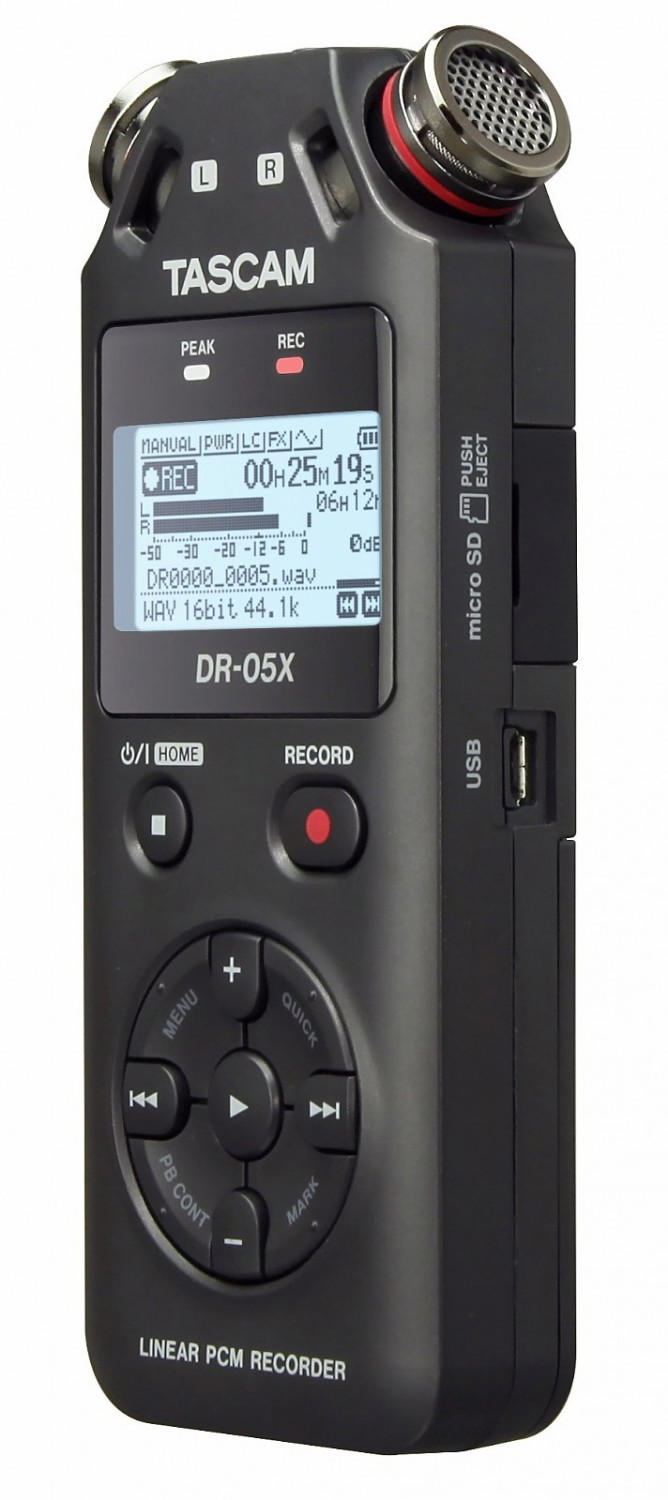
Microphone type
One common type is the dynamic microphone, which is durable and widely used for live performances and recording vocals. A great example of a dynamic microphone is the Shure SM58, known for its versatility and robust construction. Another option is the condenser microphone, which is favored for capturing detailed sound and is commonly used in studio recordings. The Audio-Technica AT2020 is a popular condenser microphone, known for its affordable price and high audio quality. Additionally, ribbon microphones are known for their warm and vintage sound, making them ideal for recording instruments such as guitars and brass. The Royer R-121 Ribbon Microphone is a highly regarded choice in this category, offering excellent audio reproduction for professional recordings. Ultimately, choosing the appropriate microphone type will depend on the intended use and the sound you aim to capture.

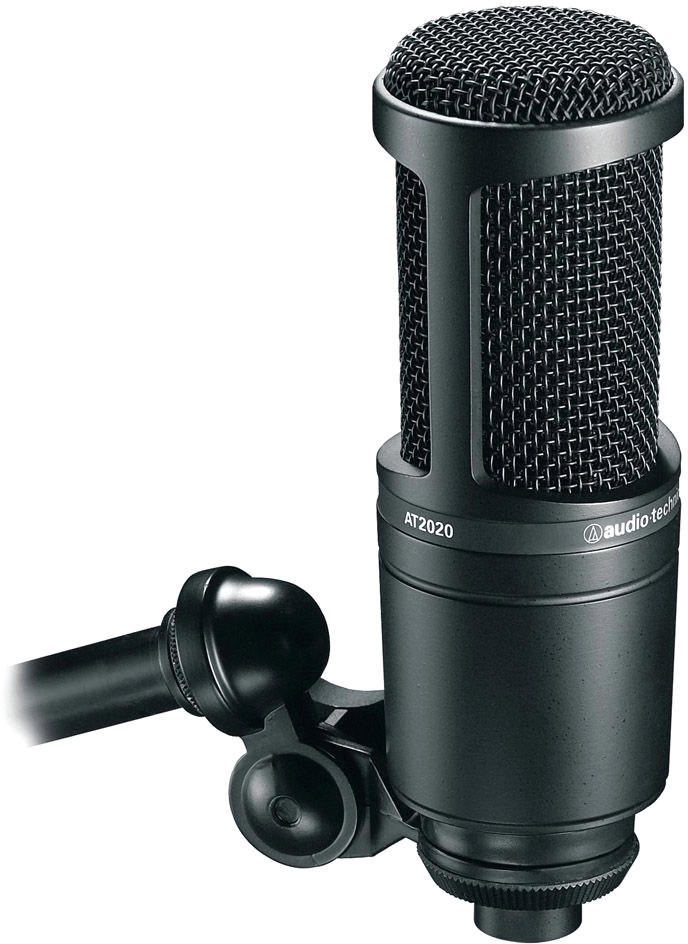
Number of inputs
The number of inputs determines how many audio sources or instruments you can record simultaneously. This is crucial, especially for musicians, bands, and recording studios who may need to record multiple tracks simultaneously to capture the full essence of a live performance.
There are various options available in the market based on the number of inputs required. For beginners or those with limited budget constraints, a two-channel USB audio interface like the Focusrite Scarlett 2i2 or PreSonus AudioBox USB 96 would be a great starting point. These compact interfaces offer two combo XLR/TRS inputs, allowing you to connect microphones, guitars, or keyboards.
For intermediate users looking for more flexibility, a four-channel interface like the Behringer U-Phoria UMC404HD or Steinberg UR44 might suit their needs better. These interfaces come with four combination XLR/TRS inputs with preamps and MIDI I/O, offering greater versatility in recording multiple simultaneous sources.

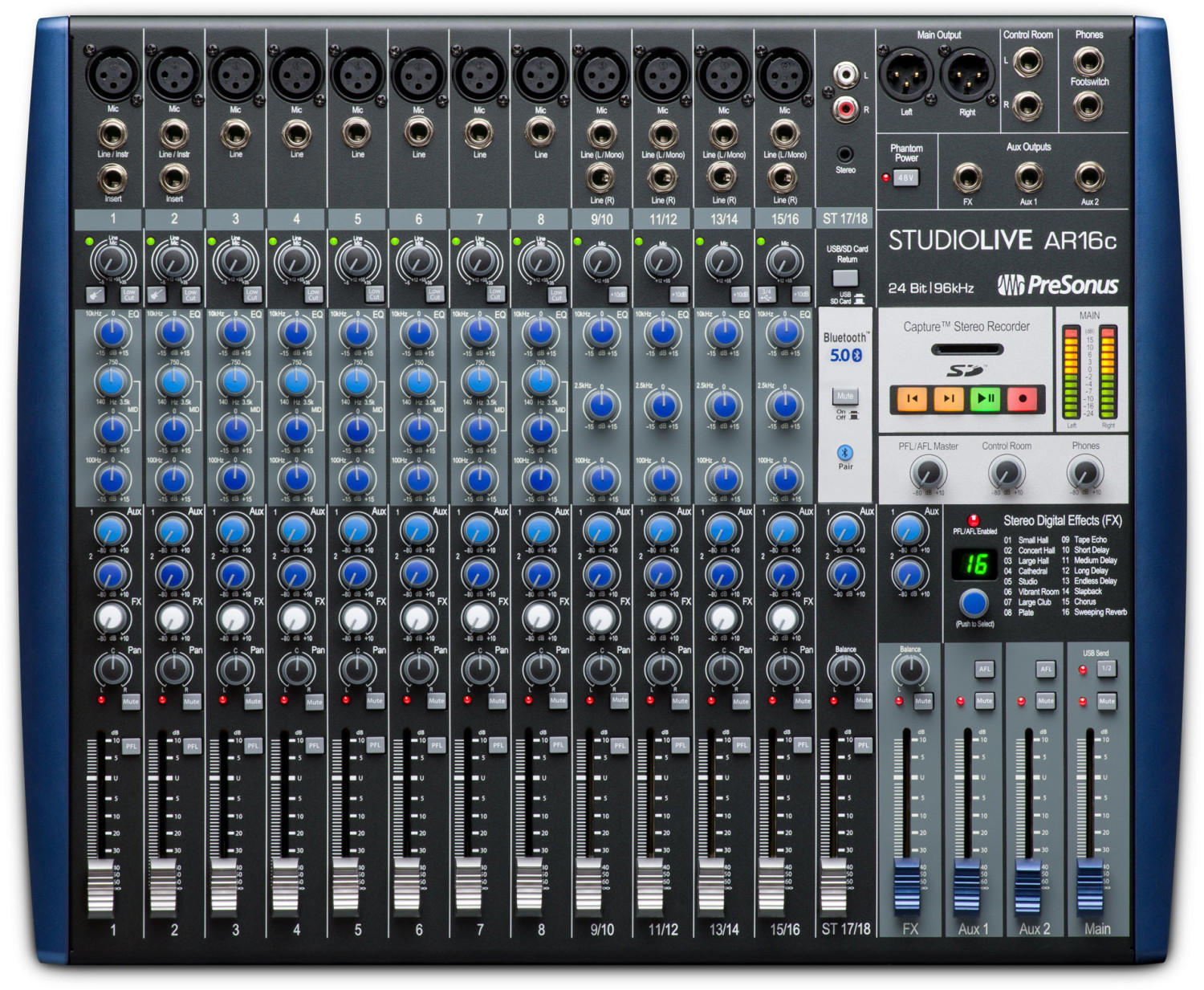

Lastly, professional recording studios or musicians with advanced needs may prefer interfaces with a higher number of inputs, such as the Universal Audio Apollo x8p or Focusrite Clarett 8PreX. These interfaces offer eight or more inputs, enabling the recording of larger musical ensembles or multi-microphone setups. It's important to evaluate your specific requirements and choose an audio interface that adequately caters to the number of inputs you need.


Number of outputs
This refers to the number of individual channels that the equipment can simultaneously send audio signals to. The number of outputs needed can vary depending on the specific recording requirements. For beginners or solo artists, a recording interface with two outputs, such as the Focusrite Scarlett 2i2, may suffice for basic recording needs. However, for larger projects or those involving multiple instruments, a recording mixer with more outputs may be ideal. Products like the Behringer U-Phoria UMC1820 or the PreSonus StudioLive AR16 USB provide a greater number of outputs, allowing for more flexibility when it comes to connecting instruments and microphones for recording or live performances.


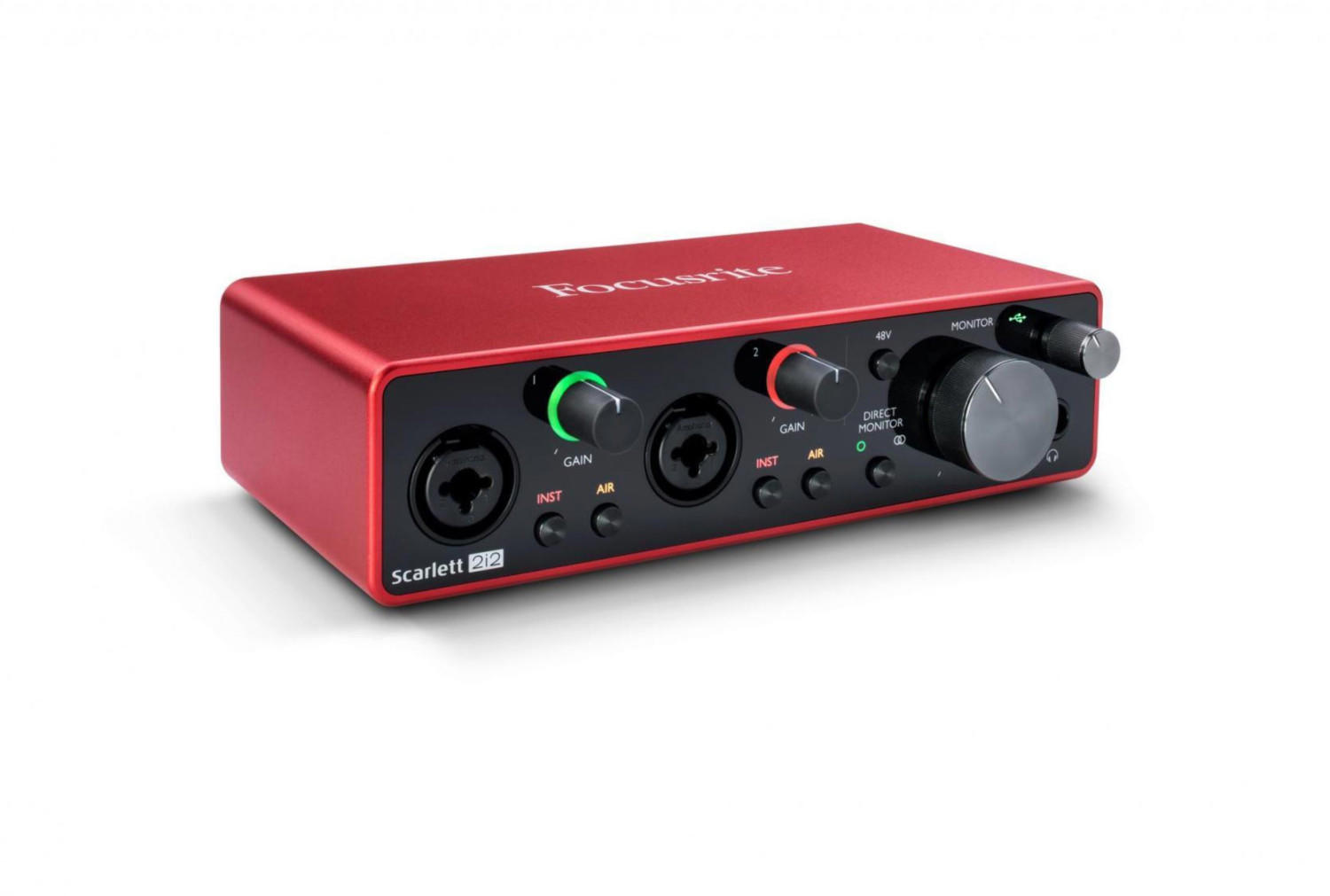
Ease of use
If you're new to recording or simply prefer a streamlined setup, it's crucial to look for products that prioritize user-friendliness. Some great options in this category include the Zoom H4n Pro Handy Recorder and the Focusrite Scarlett 2i2 USB Audio Interface. The Zoom H4n Pro is known for its intuitive interface with easy-to-access buttons and menus, making it effortless to navigate through its various recording options. On the other hand, the Focusrite Scarlett 2i2 is designed for simplicity without compromising on quality, offering a straightforward plug-and-play setup that requires no additional drivers or complex configurations. Both devices feature clear and concise user manuals to assist beginners in quickly grasping the recording process.
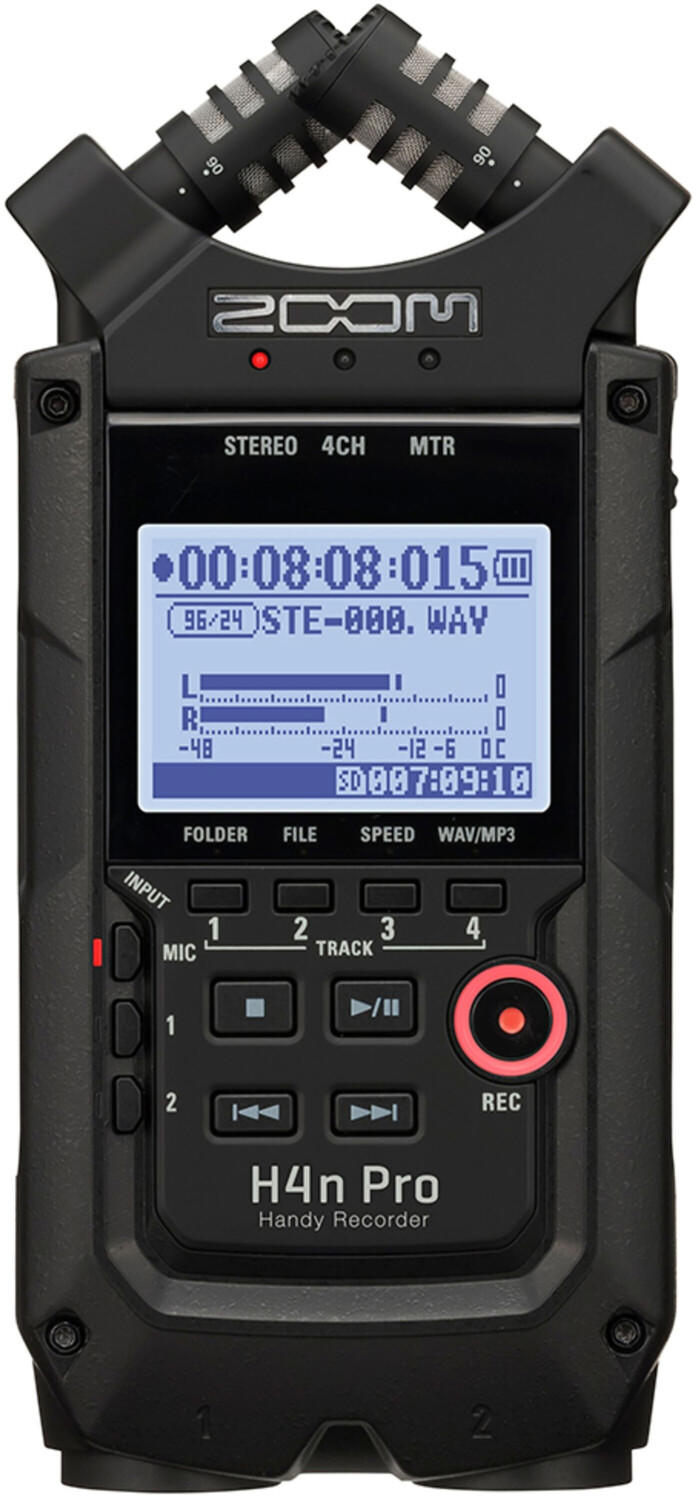

Portability
Portability allows for flexibility and the ability to record quality audio in various locations. For those looking for portable recording equipment, handheld recorders are an excellent choice. The Zoom H4n Pro is a popular handheld recorder that offers exceptional portability without sacrificing audio quality. It is equipped with interchangeable stereo microphone capsules, and it can record up to four simultaneous tracks. Another option is the Tascam DR-40X, which features a compact design and is lightweight, making it ideal for on-the-go recording. It offers dual recording technology, capturing a safety track at a lower level to prevent clipping. For even more portability, a pocket-sized recorder like the Sony ICD-UX570 is a great choice. Despite its small size, it boasts an impressive battery life of up to 28 hours, making it suitable for long recording sessions in various environments.
Durability
You want to invest in equipment that is built to last and withstand the rigors of regular use. One example of a durable recording device is the Zoom H5 Handy Recorder. It features a durable construction with rubberized material, making it resistant to accidental drops. Another option is the Audio-Technica AT2020 Cardioid Condenser Studio XLR Microphone, which has a rugged construction and a durable metal grille, ensuring longevity even with frequent handling. These recording equipment options are designed to withstand the test of time, providing professionals and enthusiasts with reliable tools for their recording needs.
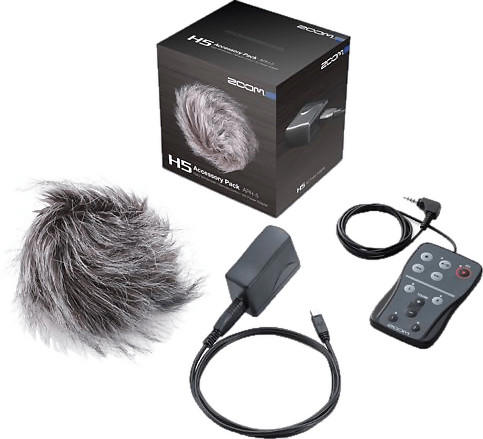
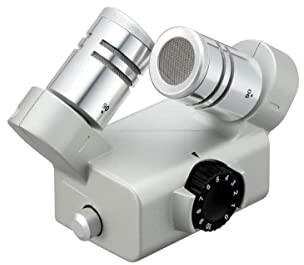
Compatibility with other devices
This ensures seamless integration with your existing setup and maximizes efficiency. For microphones, the Shure SM58 is a popular choice due to its XLR connection, which can connect to a wide range of devices such as audio interfaces, mixers, and digital recorders. Additionally, it is important to consider the input/output options of audio interfaces. The Focusrite Scarlett 2i2 stands out with its two combination XLR/TRS inputs, allowing you to connect microphones, instruments, and line-level devices. It also offers line-level and headphone outputs, giving you flexibility in working with monitors or headphones. These products demonstrate the compatibility you should look for in your recording equipment.


Battery life
This is especially important for on-the-go recording or situations where a power source may not be readily available. Longer battery life allows for extended recording sessions without interruptions and added convenience. For example, the 'Zoom H4n Pro' is widely regarded for its exceptional battery life, providing up to 6 hours of continuous use with just 2 AA batteries. Similarly, the 'Tascam DR-40X' boasts a battery life of up to 18 hours when using alkaline batteries, allowing for prolonged recording sessions without the need for frequent battery changes. Some recorders, like the 'Sony ICD-UX570', even have built-in lithium-ion batteries that provide up to 57 hours of continuous recording, eliminating the need for additional battery replacements altogether. Considering the battery life of these products enables users to select the recording equipment best suited to their needs.
File management
Look for devices that offer efficient and convenient ways to manage your recorded files. For example, the Zoom H5 Handy Recorder provides a built-in file manager for simple organization, allowing you to rename, delete, and protect files directly on the device. It also offers a convenient folder structure system, making it easier to find and access specific files. Another option to consider is the Tascam DR-100mkIII Portable Recorder, which includes a dual SD card slot with the ability to create seamless, continuous recordings on different cards. This ensures uninterrupted recording even when one card is full. Moreover, its built-in power supplies automatically switch to the new card without causing any loss in sound quality. These products are excellent choices when it comes to efficient file management in recording equipment.


Recording time
Depending on your needs, you may require a longer recording time to capture all the necessary audio. One product to consider in this category is the Zoom H4n Pro. This portable recorder allows for up to 30 hours of continuous recording on a single set of AA batteries, making it ideal for longer recording sessions or outdoor use. Another option is the Tascam DR-40X, which offers up to 17.5 hours of recording time on a pair of standard AA batteries. Both of these recorders also feature the ability to expand the recording time further by using external power sources or additional batteries.
Segmenting the market based on recording time, we can group recorders into three categories - short recording time (less than 10 hours), mid-length recording time (around 10-20 hours), and long recording time (more than 20 hours). For short recording time, options like the Sony ICD-UX570 or the Olympus VN-541PC offer up to 5 or 4 gigabytes of built-in memory, capable of recording several hours of audio. In the mid-length recording category, the Zoom H4n Pro and Tascam DR-40X mentioned earlier fit well with their approximately 30-hour and 17.5-hour recording capabilities, respectively. For those needing long recording time, the Zoom H6 takes the lead as an honorable mention, offering a whopping 20 hours of operation with just four AA batteries.
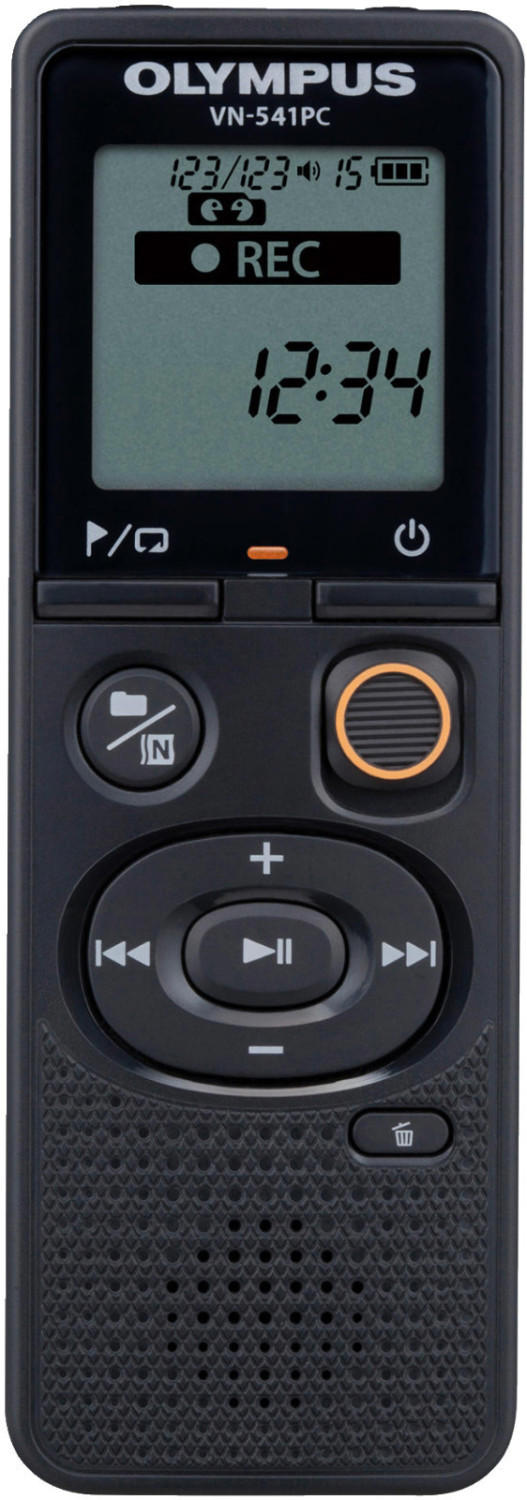
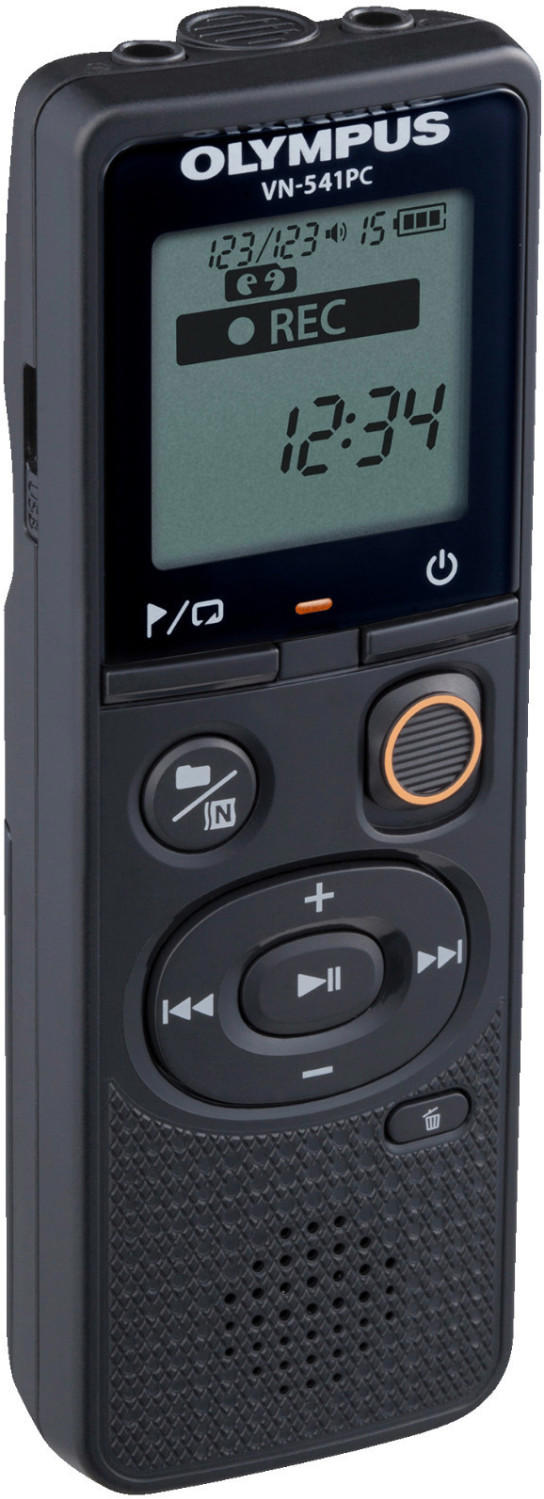
Signal-to-noise ratio
The SNR represents the difference between the desired sound signal and the background noise, with a higher ratio indicating a cleaner and more accurate audio recording. When aiming for professional quality recordings, it is recommended to look for equipment with SNR values of 100 dB or higher.
Some notable products that excel in this aspect include the Apogee Element 46 Audio Interface with an impressive SNR of 118 dB, providing unparalleled clarity and fidelity. Another great option is the Zoom H6 Handy Recorder, a portable device specifically designed for field recording, offering an SNR of 122 dB. These products fall under the premium segment of recording equipment, ideal for professional studios or advanced recording enthusiasts. For those on a budget, there are also reliable options such as the Focusrite Scarlett 2i2 USB Audio Interface with an SNR of 109 dB, suitable for achieving high-quality recordings without breaking the bank.
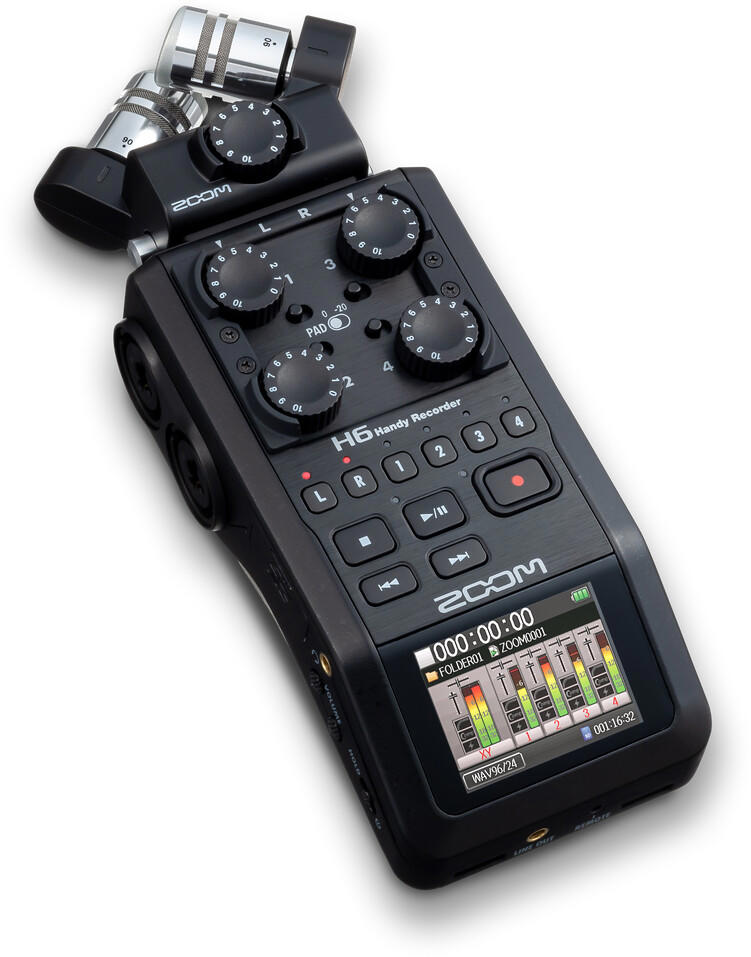
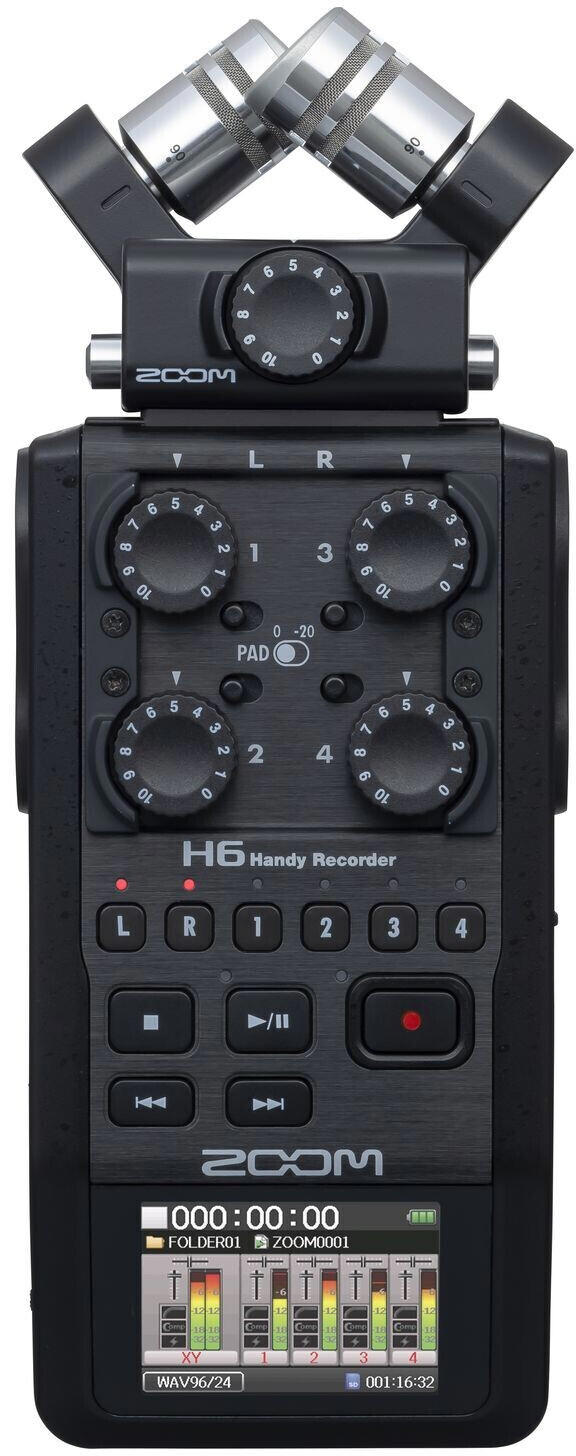
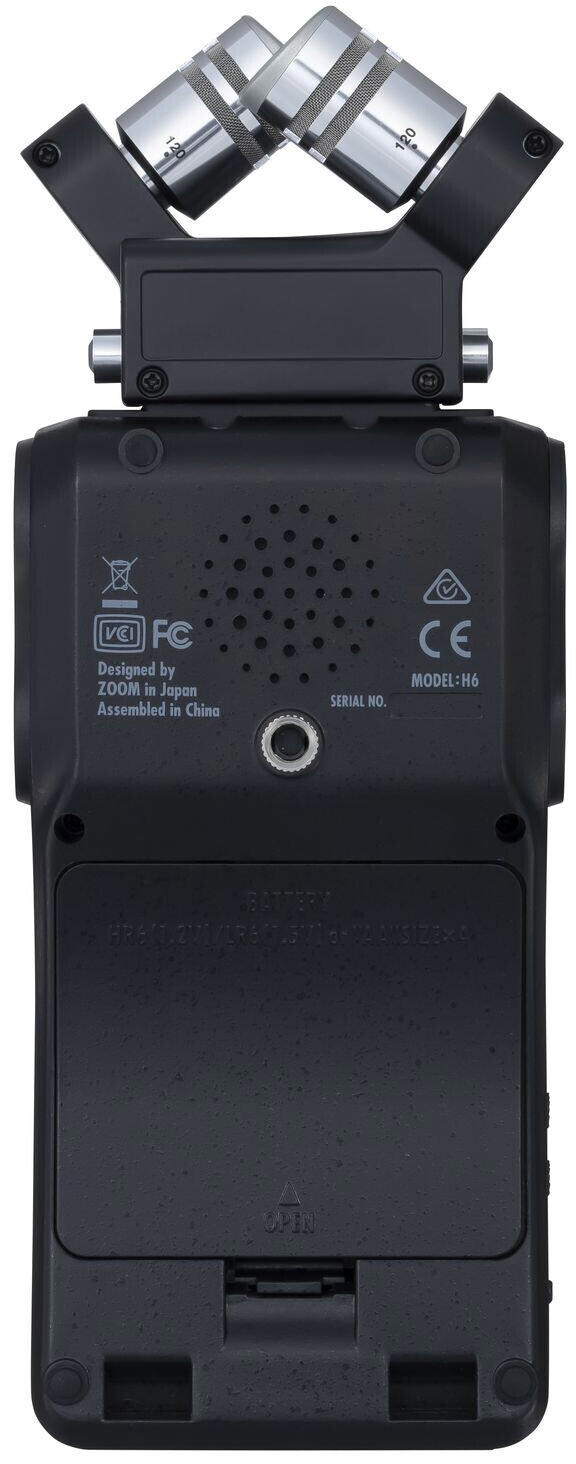
Sample rate
The sample rate refers to the number of samples taken per second of audio. Higher sample rates typically result in better sound quality and accuracy. Most common sample rates are 44.1 kHz and 48 kHz, with 48 kHz being the standard for audio production. However, if you are looking for studio-grade quality, consider products that offer higher sample rates like the Universal Audio Apollo X8 with a sample rate of up to 192 kHz and the Apogee Symphony I/O MKII that supports sample rates up to 192 kHz as well. These professional-grade interfaces ensure the finest details in your recordings, delivering exceptional audio reproduction.
Bit depth
It refers to the resolution or precision of the audio file being recorded. Higher bit depth means more precise and detailed recordings, resulting in superior sound quality. When looking for the best recording equipment, consider opting for products that offer a bit depth of 24 bits, as this provides excellent dynamic range and fidelity. The Focusrite Scarlett 2i2 is a great option for a budget-friendly audio interface that offers a bit depth of 24 bits. For professional-grade recording, consider the Universal Audio Apollo Twin MKII DUO, which boasts a higher bit depth of 24-bit/192kHz, allowing for unparalleled audio clarity and accuracy.
Storage capacity
The storage capacity determines the amount of data you can store on your recording device, be it a digital audio recorder, a field recorder, or a portable audio interface. The higher the storage capacity, the more hours of audio you can record without running out of space. For instance, if you are a podcaster or a musician recording lengthy sessions, you would typically require a recording device with substantial storage capacity. Some notable products in this category include the Zoom H6 Handy Recorder with a storage capacity of up to 128GB, allowing for over 290 hours of recording time in 16-bit / 44.1 kHz WAV format. Another option is the Tascam DR-40X Portable Audio Recorder, featuring dual recording capability and up to 128GB of storage capacity, enabling you to record up to 91 hours of audio in 16-bit / 44.1 kHz WAV format.


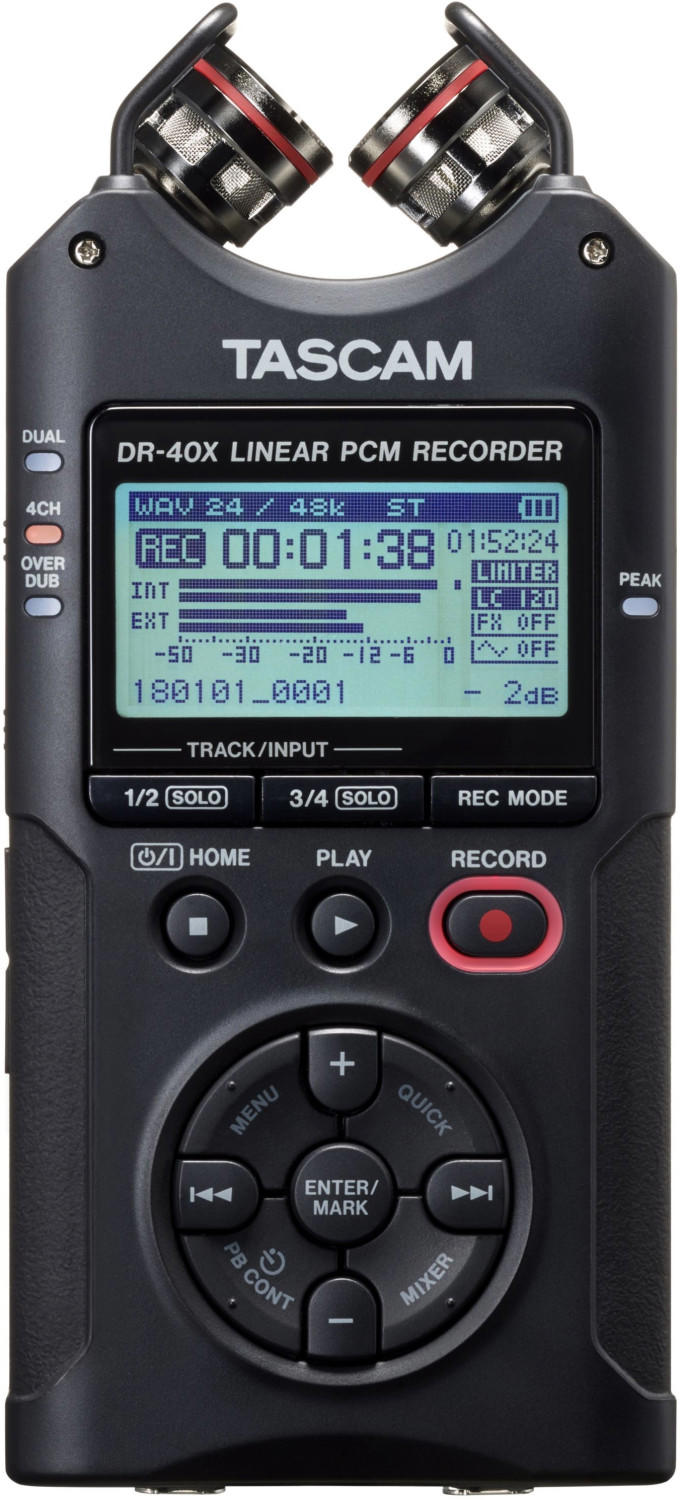
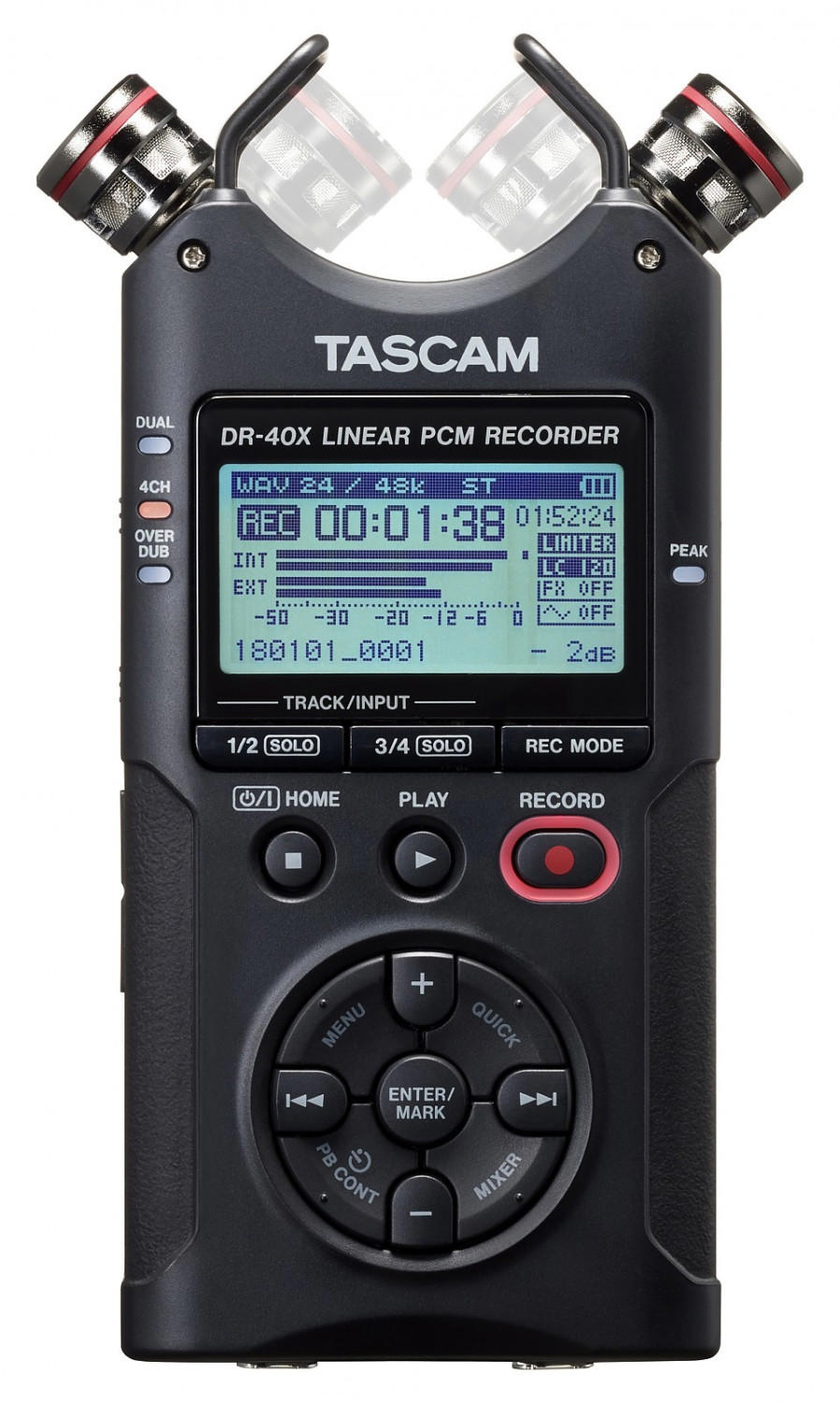
Phantom power
Phantom power is often required for condenser microphones and active DI boxes to function properly. It provides the necessary voltage (+48V) to power these devices, ensuring optimal performance and high-quality recordings. One great option to consider is the Neewer 1-Channel 48V Phantom Power Supply. It is designed to provide a stable and reliable voltage to your condenser microphone, eliminating any noise or distortion in the recording. With its compact size and easy-to-use features, it is a valuable addition to any recording setup. Another excellent choice is the ART Phantom II Pro Dual Channel Phantom Power Supply. This device provides phantom power to not just one, but two devices simultaneously. It offers low noise operation and is suitable for a wide range of microphones and DI boxes. Whether you're a professional musician or a hobbyist, these products deliver the phantom power you need to capture excellent audio recordings.
Frequency response
Frequency response refers to the range of audio frequencies a device can reproduce. A wider frequency response indicates a greater ability to capture and reproduce the full spectrum of sound. For example, the Shure SM58 dynamic microphone offers a frequency response of 50Hz to 15kHz, making it suitable for capturing vocals and a wide range of instruments. While the Audio-Technica AT2020 condenser microphone provides an extended frequency response of 20Hz to 20kHz, allowing for more detailed sound capture during studio recordings. In terms of headphones, the Sennheiser HD 650 boasts a frequency response of 10Hz to 41kHz, providing a superbly accurate reproduction of audio across the entire spectrum.

Connectivity options
The ideal recording device should have a variety of connectors to support different types of audio sources and connections. Look for devices that have multiple XLR inputs, as this will allow you to connect professional microphones. For example, the Focusrite Scarlett 2i2 (3rd Gen) is a popular choice that offers two XLR inputs with preamps, along with versatile USB connectivity for easy connection to your computer.
In addition to XLR inputs, it is also important to have line-level inputs and outputs. These inputs can cater to devices like keyboards, mixers, or audio interfaces that output signals at line level. The PreSonus AudioBox USB 96 is a compact recording interface that offers both microphone and line-level inputs, making it suitable for a wide range of audio devices.
Another necessary connectivity option to look for is the headphone output, which allows for monitoring of audio while recording in real-time. The Zoom H5 Handy Recorder features a headphone output with independent volume control, making it a portable and versatile option.



Understanding the different connectivity options in recording equipment will help you choose the best equipment to suit your needs. Keep in mind the number and type of inputs, as well as any specific connectivity requirements you may have before making a decision.
Size and weight
Recording equipment comes in various sizes and weights, and it is essential to find a balance between portability and functionality. For those who need a compact and lightweight option, portable recorders like the Zoom H1n can be an excellent choice. Weighing only 0.13 pounds and measuring just over 5 inches in length, the Zoom H1n offers professional-level audio recording in a small form factor. Alternatively, for those seeking a more versatile option, the Tascam DR-40X offers a larger build but still maintains portability at just under 3 pounds. The Tascam DR-40X provides four-track recording, adjustable built-in microphones, and a versatile range of audio settings.
Built-in effects
Built-in effects can greatly enhance the quality and versatility of your recordings, as they allow you to add various effects, such as reverb, chorus, delay, and modulation, directly during the recording process. Some popular recording interfaces that feature impressive built-in effects include the Universal Audio Apollo Twin X Duo, which offers real-time UAD plug-in processing for excellent audio shaping, and the PreSonus Studio 1824c, which boasts built-in MIDI I/O and 18 simultaneous inputs with XMAX preamps. Additionally, there are console-style interfaces like the Yamaha MG12XU mixer, which combines high-quality effects, capable preamps, and USB connectivity in a single device. Keep in mind, however, that the choice of interfaces with built-in effects may vary depending on your specific requirements, so make sure to thoroughly research and compare different options before making a decision.
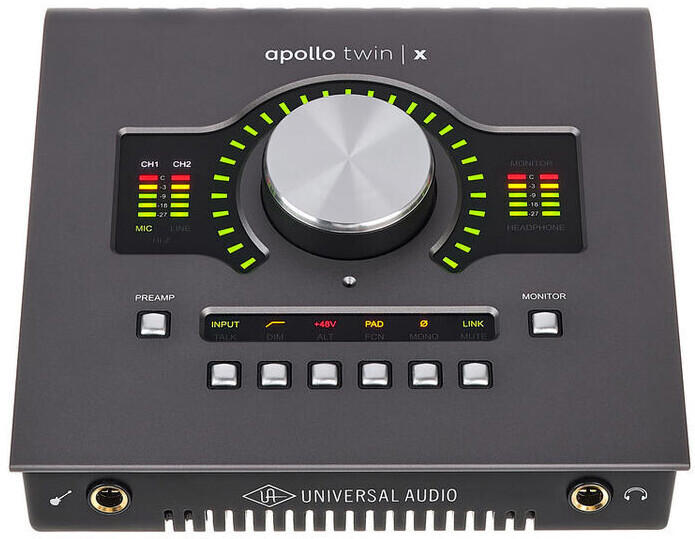
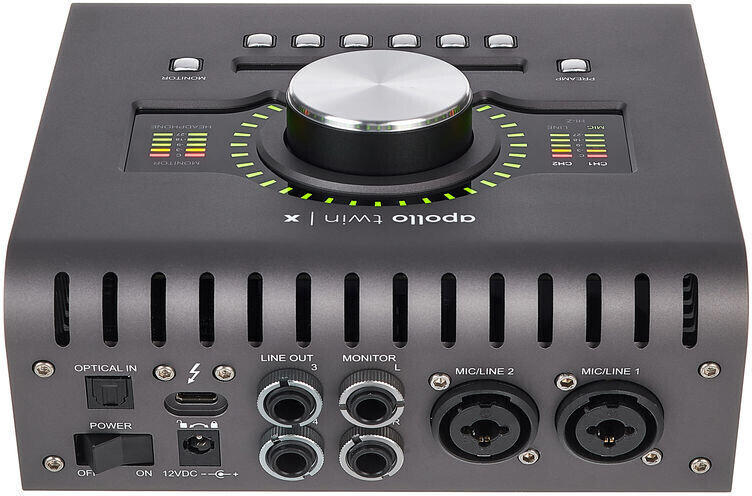
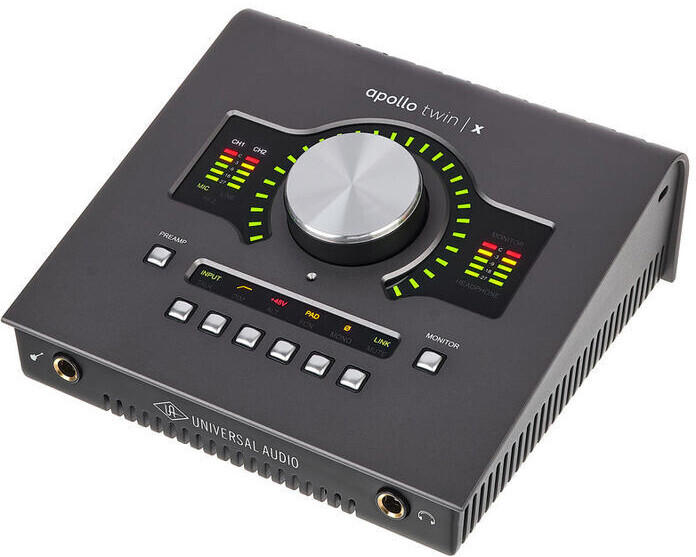
Compatibility with audio editing software
Ensure that the recording device and its audio interface are compatible with popular audio editing software such as Pro Tools, Logic Pro, or Ableton Live. For example, the Focusrite Scarlett 2i2 audio interface is compatible with all major DAWs and includes a USB connection for seamless integration with your recording software.
Another product to consider is the PreSonus AudioBox USB 96. This audio interface offers Core Audio integration for use with Mac and iOS systems, making it compatible with software like GarageBand and Logic Pro. Additionally, the Steinberg UR44C audio interface provides Class Compliant mode, allowing it to be used without any installation of drivers, making it extremely compatible with all major operating systems and recording software.



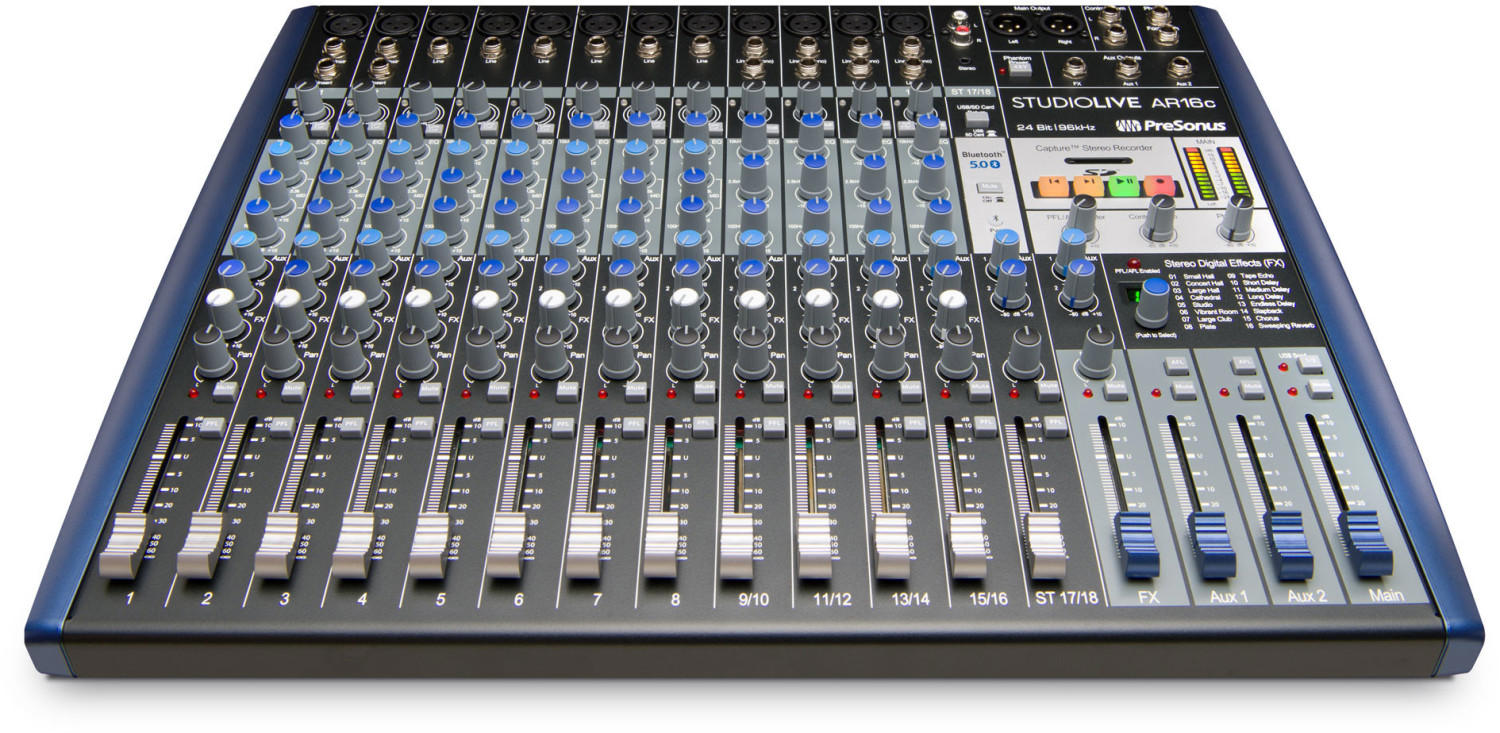
In general, most audio interfaces on the market are compatible with a range of audio editing software, but it's important to double-check compatibility to avoid any integration issues.
Input gain control
This feature allows you to adjust the input signal level and can greatly influence the quality of your recordings. One excellent option is the Focusrite Scarlett 2i2 (3rd Gen). It features a linear gain dial that allows you to precisely control the input level, ensuring optimal performance with any microphone or instrument. Another recommended product is the PreSonus AudioBox USB 96, which offers a sturdy gain knob with clear markings for easy adjustment. Both of these devices provide low-noise preamps and high signal-to-noise ratios, ensuring pristine audio quality for your recordings.




Headphone output
A good headphone output is crucial for monitoring and ensuring accurate playback of recorded audio. Look for equipment that features a headphone output with a low total harmonic distortion (THD) and a high signal-to-noise ratio (SNR) for clear and noise-free audio. One example of a recording interface with an excellent headphone output for professional-level recording is the Universal Audio Apollo Twin X, which offers a THD+N of -105 dB and an SNR of 127 dB. For budget-conscious options, the Focusrite Scarlett 2i2 provides a solid headphone output with a THD+N of -99 dB and an SNR of 108 dB.
Alternatively, if you are looking for portable recording solutions, there are handheld recorders available such as the Zoom H5 and Tascam DR-40X. These devices feature headphone outputs with low distortion and high fidelity for accurate monitoring while on the go. In the higher-end segment, there are professional studio headphones available such as the Sennheiser HD 650 and Beyerdynamic DT 990 Pro, which offer exceptional audio quality and a wide frequency response for critical listening and mixing tasks.

Built-in microphones
Built-in microphones are convenient as they eliminate the need for external microphones, cables, and additional equipment. However, the quality of the built-in microphones can vary significantly from one device to another.
For those looking for a portable recording solution, the Zoom H5 Handy Recorder is a great choice. It features two built-in microphones: a stereo X/Y microphone, and a Mid-Side microphone. This setup provides flexible and high-quality audio capture. The Sony PCM-D100 is another excellent option with built-in stereo microphones that offer remarkable clarity and a wide frequency response. These microphones allow for capturing audio with exceptional detail, making them ideal choices for field recording and music production.


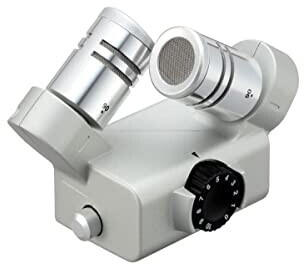
In the DSLR camera market, built-in microphones have become popular for recording video with better audio quality. Entry-level options include the Canon EOS Rebel T7i and Nikon D5600, both equipped with built-in stereo microphones that capture clear audio during video recording. For professional filmmakers, the Sony A7S III stands out with its integrated high-performance microphone. The A7S III also boasts a comprehensive set of audio features such as adjustable recording levels, audio level monitoring, and the ability to connect external microphones for more specialized recording needs.


External microphone support
This enables you to capture high-quality audio and improve the overall recording experience. Look for devices that offer various options for connecting external microphones, such as a 3.5mm input or XLR ports.
In the segment of portable digital recorders, the 'Zoom H5' is an excellent choice. It features two XLR/TRS combo inputs, allowing you to connect a wide range of microphones. Moreover, it provides phantom power, enabling you to use condenser microphones that require external power. Another option to consider is the 'Tascam DR-40X' recorder, which offers two built-in microphones as well as two XLR/TRS combo inputs and a 3.5mm stereo input. This flexibility lets you use both professional microphones and smaller devices like lavalier or shotgun mics.
Multitrack recording
When it comes to multitrack recording, finding the right equipment is essential for capturing high-quality audio. One popular option is GarageBand, a versatile software program that allows users to record and edit multitrack projects with ease. Compatible with both Mac and iOS devices, GarageBand offers an array of features such as virtual instruments, audio effects, and a user-friendly interface. Another powerful option is the Zoom R24 portable multitrack recorder. This compact device, with its built-in audio interface and 24-track playback capability, is perfect for musicians on the go. Additionally, the Focusrite Scarlett 18i20 audio interface stands out for its 18 inputs and 20 outputs, making it a great choice for professional studios. These products provide musicians with the tools they need to create and edit multitrack recordings with exceptional clarity and accuracy.

Live monitoring
First and foremost, Audio-Technica ATH-M50x headphones are a popular choice among professionals for their excellent sound reproduction and comfort. These closed-back studio headphones feature 45mm drivers, providing a frequency response of 15Hz to 28kHz, ensuring accurate monitoring of a wide range of audio frequencies. Another option to consider is the Sennheiser HD 650 open-back headphones, known for their clarity and natural sound. With a frequency response of 10Hz to 39.5kHz, these headphones offer an extended range for capturing intricate details in audio recordings.
For those who prefer in-ear monitoring, the Shure SE215 Sound Isolating Earphones are an excellent choice. Featuring a dynamic driver and a detachable cable, these in-ear monitors provide detailed sound with enhanced bass. They come with a variety of foam and silicone ear tips to ensure a comfortable and secure fit.
Within the category of studio monitors, the Yamaha HS8 Active Studio Monitors are highly regarded for their accurate sound reproduction. With an 8-inch cone woofer and a 1-inch dome tweeter, they offer a frequency range of 38Hz to 30kHz, providing a well-balanced and precise sound representation.
It's important to note that the choice of live monitoring equipment will depend on personal preferences and the specific needs of the recording setup. Nevertheless, these aforementioned products exemplify some of the top options currently available on the market for quality live monitoring during recording sessions.
Onboard mixing capabilities
This feature allows you to control and adjust the levels and effects of multiple audio inputs on the device itself, rather than relying on external mixing equipment. For example, the Zoom R24 Digital Multitrack Recorder offers onboard mixing capabilities with its 24-track playback and 8-track simultaneous recording. It also features built-in effects and a variety of input options, including XLR, 1/4" TRS, and MIDI. Another option is the Tascam Model 24, which combines analog sound quality with digital recording and onboard mixing capabilities. It offers 22-channel analog mixer functionality along with a 24-track digital multitrack recorder. Both of these options provide users with comprehensive onboard mixing capabilities, allowing for flexibility and control during the recording process.
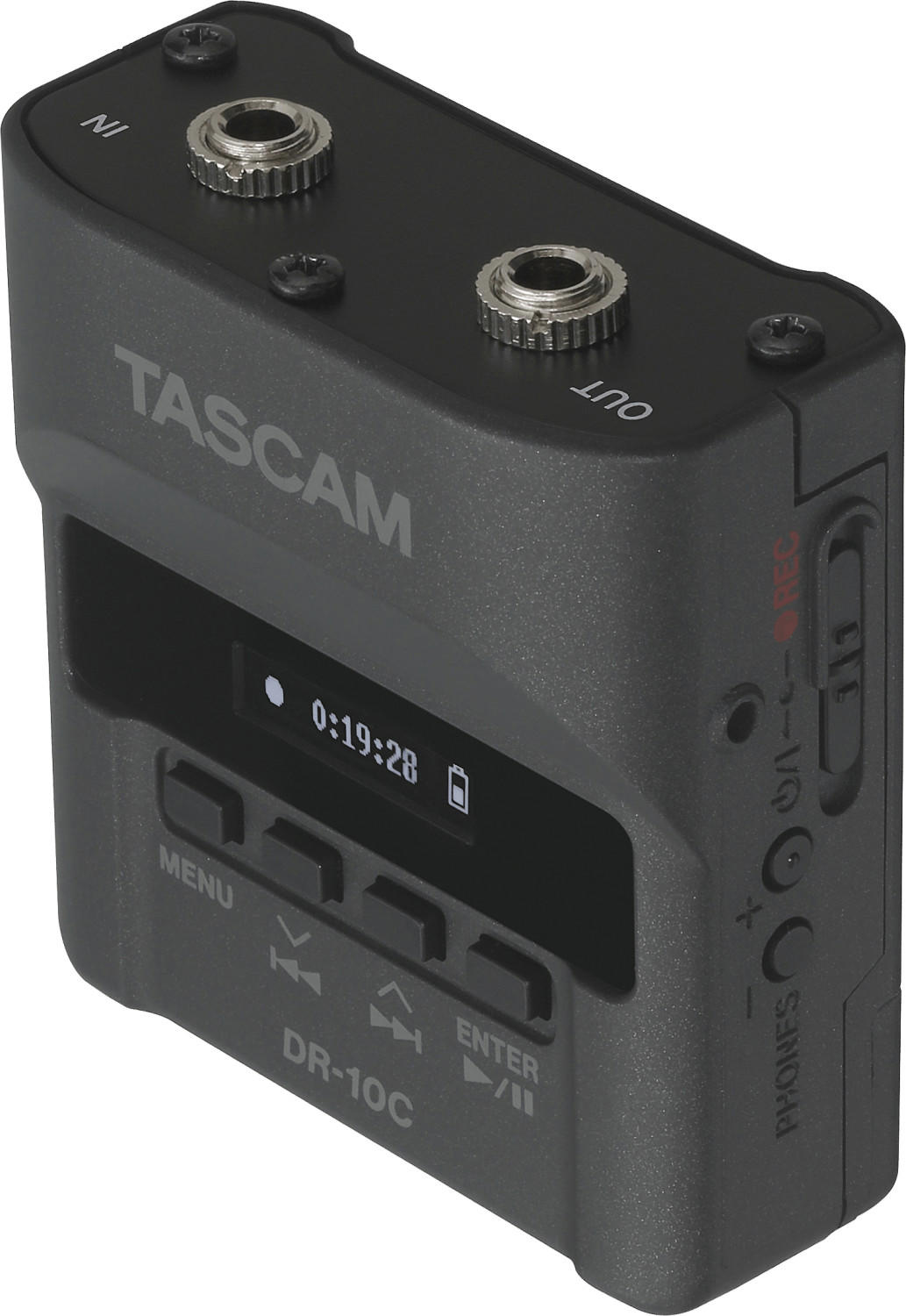
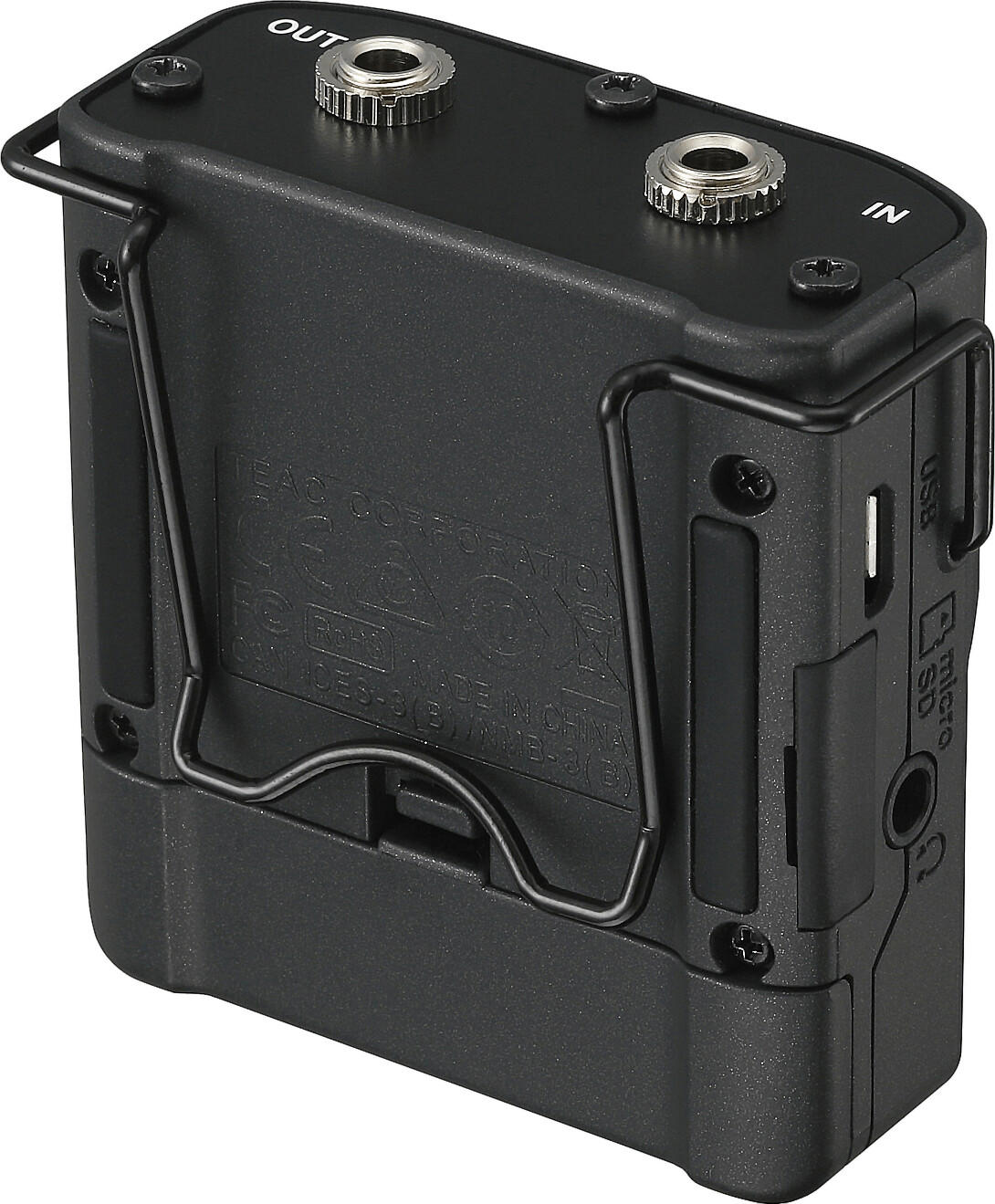
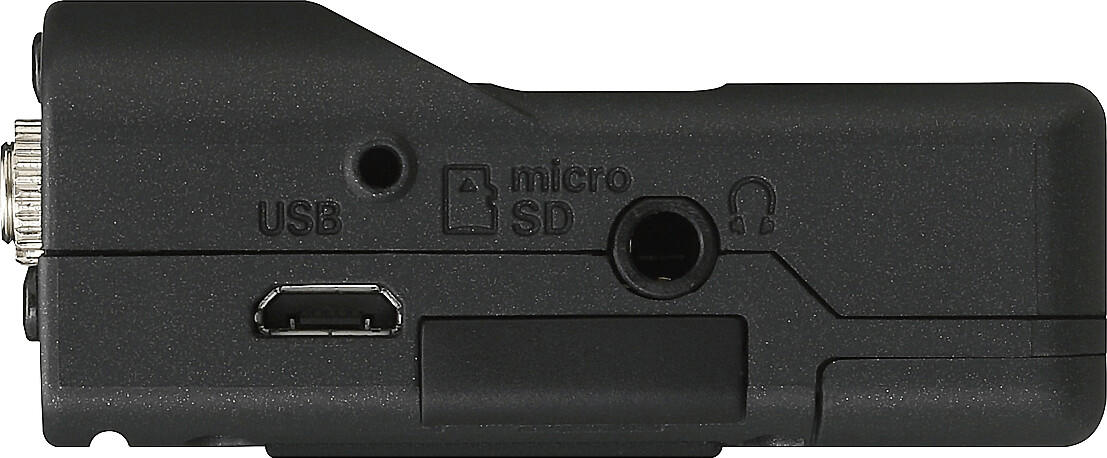
USB connectivity
This feature allows for effortless plug-and-play connection to computers, making it incredibly convenient for home recording setups or mobile recording options. Look for devices that offer USB 2.0 or above for faster data transfer rates. One example of a popular USB microphone is the Blue Yeti USB Microphone, which provides excellent sound quality for vocals or instruments and offers direct USB connectivity to a computer. Another option to consider is the Focusrite Scarlett 2i2 USB Audio Interface, which not only delivers professional-quality audio but also offers two mic/line inputs and multiple outputs.
segments:
USB microphones:
- Blue Yeti USB Microphone
- Audio-Technica ATR2500x-USB Microphone
USB audio interfaces:
Focusrite Scarlett 2i2 USB Audio Interface- PreSonus AudioBox USB 96 Audio Interface
Bluetooth connectivity
Bluetooth-enabled recording devices provide incredible convenience by eliminating the need for tangled wires and allowing for seamless wireless connections to other Bluetooth-enabled devices.
An excellent example of a recording device with Bluetooth connectivity is the Zoom H5 Handy Recorder. The Zoom H5 offers a built-in Bluetooth module that allows for wireless connection to smartphones, tablets, and other Bluetooth devices. This enables easy sharing and streaming of audio recordings. Another notable product is the Sony ICDUX560BLK Digital Voice Recorder. With its Bluetooth connectivity, you can directly transfer recordings to your smart device for easy storage and editing. It also allows for remote control of the recorder through a smartphone app, providing even more flexibility and convenience.



Remote control capabilities
This feature allows you to have greater flexibility and convenience in operating your recording equipment from a distance. For example, the Zoom H5 Handy Recorder is a portable audio recorder that offers remote control capabilities through its Zoom RC4 Remote Control. This remote control allows you to start/stop recording, adjust levels, and even add markers remotely. Additionally, Sound Devices 688 Portable Mixer-Recorder provides even more advanced remote control options with its integration with the Wingman app. This app transforms your smartphone or tablet into a wireless controller, giving you complete control over the recorder's functions. Whether you choose the Zoom H5 or the Sound Devices 688, opting for recording equipment with remote control capabilities ensures greater ease of use and flexibility in your recording process.

Price
The market offers a range of options to suit different budgets. For beginners or those with a limited budget, the Focusrite Scarlett 2i2 3rd Gen audio interface is an excellent choice. Priced at around $160, it features two mic/line/instrument inputs and a high-performance converter, delivering professional-level audio quality without breaking the bank. Another cost-effective option is the Audio-Technica AT2020 condenser microphone, priced at around $100. This microphone boasts a wide frequency response and high SPL handling, making it suitable for recording vocals, instruments, and podcasts. Overall, with these affordable options, aspiring recording artists and podcasters can still achieve reliable and decent-quality recordings without a hefty investment.




Variety of brands
Each brand has its own reputation, quality, and features that make it unique. For instance, in the realm of microphones, some well-known brands like Shure, Audio-Technica, and Neumann offer high-quality options for different budget ranges. Shure SM58 is a popular dynamic vocal microphone known for its durability and versatility, while Audio-Technica AT2020 is a budget-friendly condenser microphone with a wide frequency response. On the higher end, we have the Neumann U87 condenser microphone, renowned for its exceptional clarity and detail. These brands excel in different aspects, and while Shure may provide more robust options for live performances, Neumann is often favored in professional studio environments. Ultimately, the choice of brand depends on individual needs and preferences.

